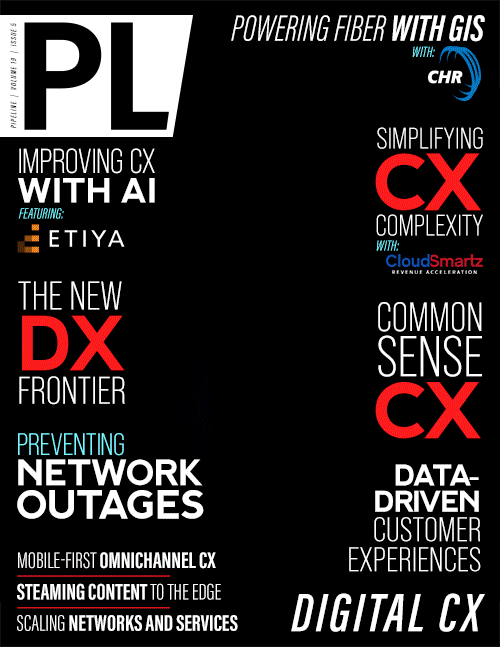Common-Sense CX Is More Than DX

The myth: DX and CX are synonymous
I am bemused by the current crop of customer experience (CX) and digital experience (DX) imperatives. Judging from my news feeds, we seem to be about where we were when I stepped off the X track some years ago. To be fair, there have been huge improvements in a number of the underpinning digital functionalities that make customer experience seamless (a term first introduced in the early 2000s).
Digitalization, however, has overtaken CX as the trend du jour. In fact, CX and DX are often conflated, as though digitalizing an interaction automatically makes it a great experience. The reality is that while self-service innovation vastly improved efficiency for customers, not all interactions are, or can be, fully digital.
The first rule of CX is that it is the sum of the customer’s journey—not its touchpoints—that forms their impression of a company. Customer experience encompasses all of the brand, product, pricing, and service, taken together. Any one of the four gone wrong can overshadow the other three. Yet, we don’t organize around this vital truth.
Organizing for CX would mean that digitization of elements of the journey must neatly and reliably interconnect with the analog parts of the journey—because when they don’t, it spells misery for customers and employees.
DX + analog = CX
Organizations undertake customer experience initiatives to make the experience of buying a product or service seamless, effortless, and enjoyable. But in practice, the funding for CX initiatives comes via cost to serve reductions in addition to increased revenue. That’s why we tend to privilege the buying experience over the use and support journeys of overall customer experience.
And in general, the use and support elements are not a consideration for buyer or seller, unless something goes wrong. And go wrong they do because customers are more often than not analog creatures. Indeed, we humans are primarily analog—even the digital natives among us—and it is a mistake to treat humanity as a whole, absent that important characteristic.
When a journey falters or fails, customer response does vary. Many a digital native will correct the problem with ease (for example, a password reset, payment details update, and so on). But I was not surprised to know all generations find themselves in need of human assistance to solve issues. Issues, by the way, are in the eye of the beholder, not the web designer or the payment platform.
Common sense isn’t common
The cruise I took recently harshly exposed the limitations of the digital elements of the guest experience. A very impressive Guest Folio Management System tracked guest activities, instantly processed their purchases, and enabled seamless movement onboard the ship. Guests and crew used smart devices to go about their business.
Smart devices, however, rely heavily on connectivity. No surprise there, however the fallback position of manual order-taking offers none. And wobbly network connection ensures manual order-taking to be far more frequent, causing more—and more complex—problems.
The cruise industry is recovering from a pandemic-induced meltdown, largely fueled by rapid recruitment. People are a vital component of the guest experience, despite advances in digitization. What we called “moments of truth” in the 1990s are still critical to experience. Employee training may be enabled by new digital tools, but spotty connectivity rendered the reality of the beverage-ordering experience excruciating for all involved. The digital order-to-analog bartender broke down. Guests became so frustrated with the time it took to get a drink that they too went analog and took to the bar to place their order—again. Utter chaos ensued: bartenders overwhelmed with duplicate order volumes, guest experience shredded, wait staff under siege, and digital data devalued.
Author David Sax wrote The Future is Analog, based on his belief we’ve already hit peak digital experience. He argues for a return to human-centered customer experiences. Nowhere is that more in evidence than on a cruise. Customers are stubbornly analog, especially given the demographics of the typical cruiser. But digital natives can be derailed by last-mile problems, too. Take online holiday shopping. The



















